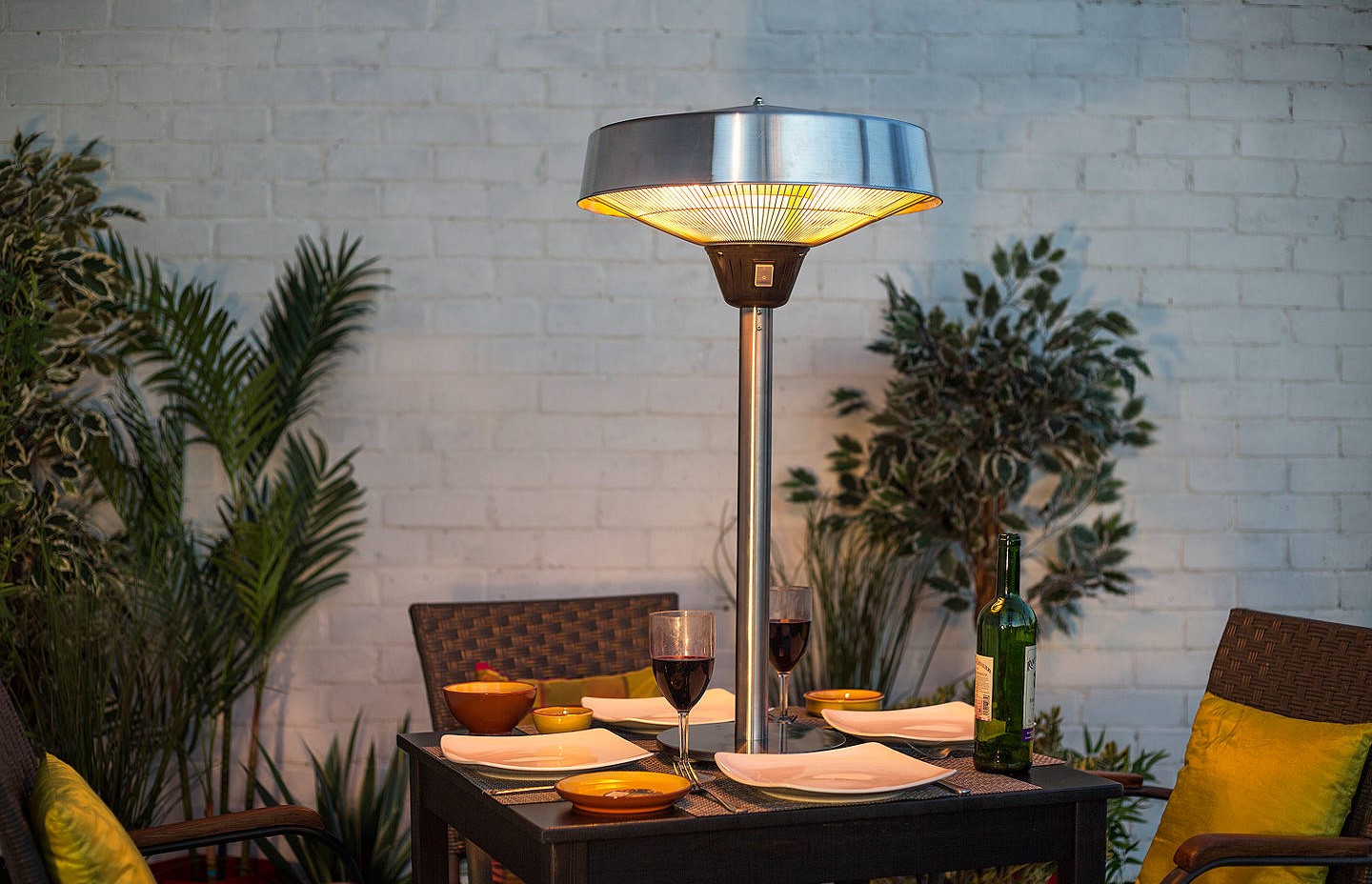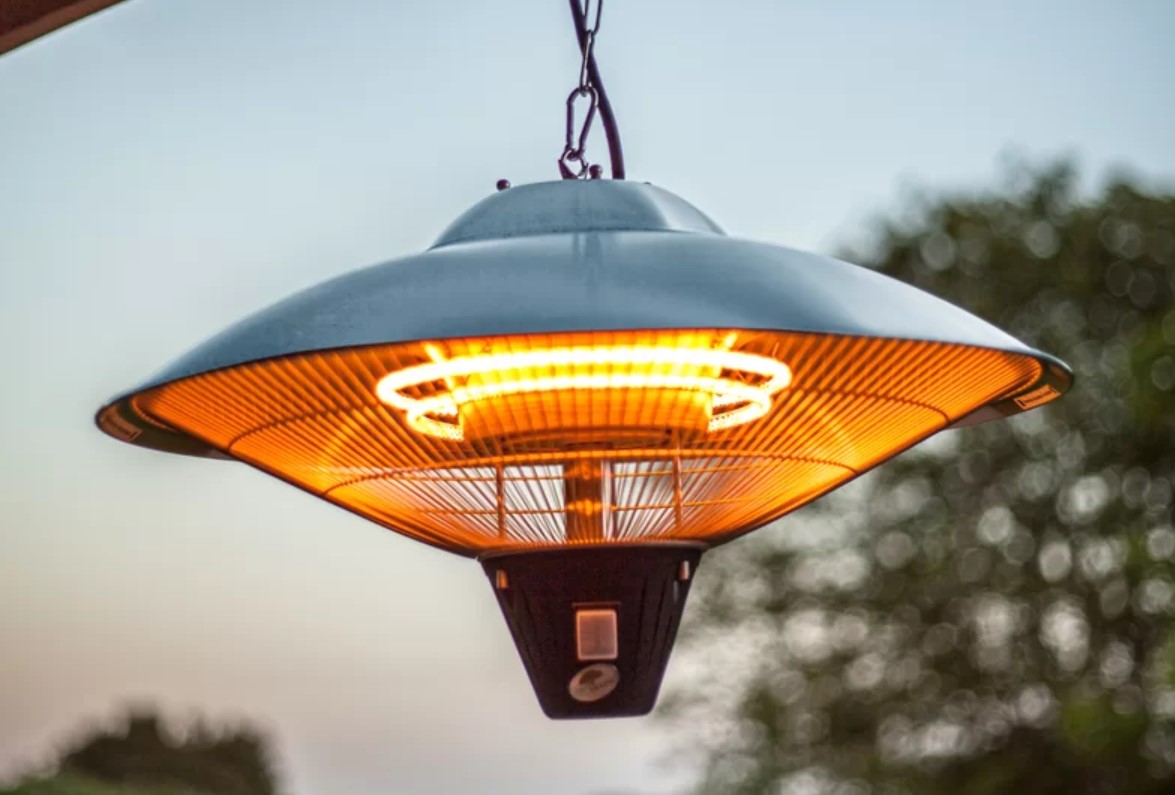
Electric patio heaters: are they a ‘greener’ option, and do we really need to worry about gas patio heaters? When the garden gets chilly (and, let’s face it, that’ll be most nights if you are in the UK), but you don’t want to go inside just yet, the convenience of a patio heater is obvious. Simply switch it on... and find yourself too hot in the face, and still freezing down at your feet.
Why does this happen with gas patio heaters? In a word: convection. The heating method used by all traditional, gas-powered patio heaters is to gradually warm the air around you. Now, warming outside air evenly is pretty much impossible, hence cold air alternating with air that can feel uncomfortably hot.
Then there is the issue of the gigantic carbon footprint of gas patio heaters (given how little space they take up in your garden). In the words of a Guardian journalist, gas patio heaters ‘kick out the equivalent emissions of a speeding truck but, unlike with vehicles, there is nothing filtering or reducing their polluting gases’. Nice.
How are electric patio heaters different? Well, they won’t be completely green, because you’re still using electricity to power them, but they don't have anything like the carbon footprint of gas heaters because they use infrared technology that heats your body directly, not the air. And, for our money, infrared (or halogen, as they’re also known) heaters look so much nicer. Our favourites are the vintage-style Braselton pendant heater by Sol 72 Outdoor (shown below) and the uber-chic Table Top Heater by La Hacienda (main image). You can buy them at Wayfair and John Lewis, respectively.

We have more options in our buyer's guide to the best patio heaters.
Join our newsletter
Get small space home decor ideas, celeb inspiration, DIY tips and more, straight to your inbox!
Anna is a professional writer with many years of experience. She has a passion for contemporary home decor and gardening. She covers a range of topics, from practical advice to interior and garden design.
